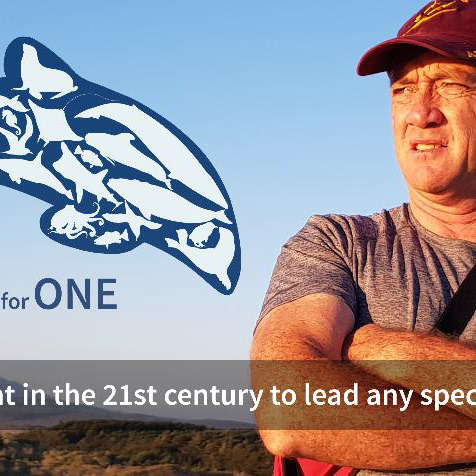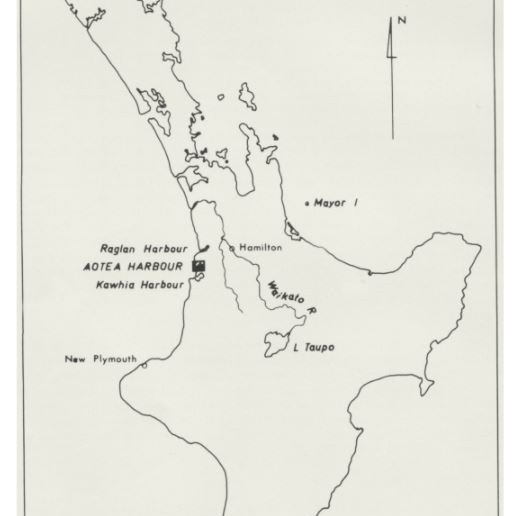welcome to AOTEA HARBOUR, AOTEAROA ~ NEW ZEALAND
Aotea is a sanctuary for many special birds, not only native birds but from all over the world and it is a grand sight to see. We have always respected the birds around us and have always been careful to maintain their population. When we see these gifts around us we know our environment is well and healthy. This is one of the indicators we use to help us know the state of our harbour and the wellbeing of our people.
These native birds were filmed and photographed by Davis Apiti in their natural environment within Aotea Harbour.
Tuturiwhatu Pukunui
Northern New Zealand Dotterel
Māori Name: Tuturiwhatu pukunui
Scientific Name: Charadrius obscurus (GMELIN,1789)
Scientific Name: Charadrius obscurus (GMELIN,1789)
There are approximately 1400 of these endangered birds living in the northern part of New Zealand. Aotea is one of the breeding grounds for the Northern NZ dotterel and they begin nesting around September. The birds' nests are usually just a shallow hole in the ground or lined with only a few pieces of grass, weed or shell which puts them at risk because they are often unrecognisable by humans, especially when riding on their all terrain vehicles or horses. The nests and chicks are also camouflaged to match the sandy beach making it even more difficult to see and are often crushed. As well as vehicles and humans other threats to the dotterels when nesting include predators such as cats, dogs, stoats, rats, gulls and hedgehogs. Dotterels will often protect their nest areas by pretending to be injured to try and lead the threat away from the eggs. This could put the eggs at risk because when the parents are away from the eggs thechange in temperature could kill them.
So we ask that when you are visiting Aotea during the nesting season to watch out for the dotterels and help by doing the following:
- IF you see a dotterel pretending to be injured follow it and leave the area. DON'T try to find the nest
- AVOID riding on the beachfront with your all terrain vehicle or horse. If you have to please ride below the high tide mark (dotterels nest above the high tide mark)
- DO not bring unleashed pets on to the beachfront
- TRY not to walk above the high tide mark
- IF you do come across eggs or chicks please leave them alone
Kereru
Native Wood Pigeon
Māori name: Kereru
Scientific name: Hemiphaga novaeseelandiae
New Zealand's only native pigeon. Dramatic population decline has been attributed to hunting, habitat loss and predators. Native trees such as miro and karaka are dependent on the kereru to disperse their seeds.
Pirairaka
Fantail
Māori name: Pirairaka or Piwaiwaka or Tiwaiwaka
Scientific name: Rhipidura
These birds are very tame, trusting and curious. You will most likely see them darting from perch to perch as they chase their insect prey. In Maori culture it is believed that the quiet fantail takes the spirit of a very special person away.
TUI
Māori name: Tui
Scientific name: Prosthemadera novaeseelandiae
These beautiful native birds have a distinctive white tuft on their throat. They play an important pollinating role as they feed on the nectar and fruit of native plants, especially kowhai. They also enjoy a morsal of insects. Tui are also renowned for the strength and repertoire of their calls.
Send us your pledge of support or contact us below:
Thank you!








